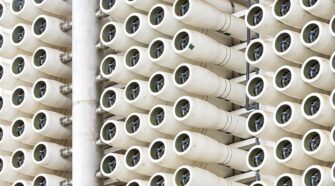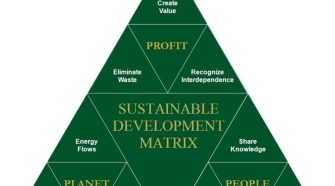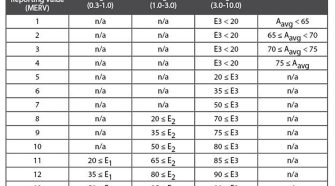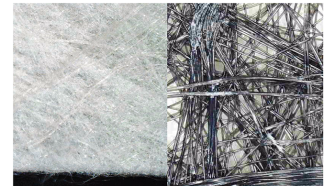
What is a desalination filter and how does it work?
The leading modern method of removing salt from sea/briny water is a process called reverse osmosis (RO). This is the primary filtration technology utilized for removing salt from water and …

Sustainability testing methods and practices
Test methods are inherently very different based on whether the specimen involved is a filter media, an entire filter or is an entire process, including equipment. There are many approaches …


How did PTFE membrane for filtration come to be?
Polytetrafluoroethylene (PTFE) and ePTFE Expanded PTFE originated in the lab at Dupont by chance. That being said, both PTFE and ePTFE were the result of ingenuity, diligence, and technical abilities. …


The MERV-13 filtration challenge
The MERV rating system extends from 1 to 16, with the highest (16) being the rating used for filters in places such as hospitals where it is critical to efficiently …


Nonwoven filtration media
Nonwovens are commonly used as filtration media. Nonwoven filter media is an engineered fabric comprised of a random arrangement of filaments or fibers. The media has the specific function of …

